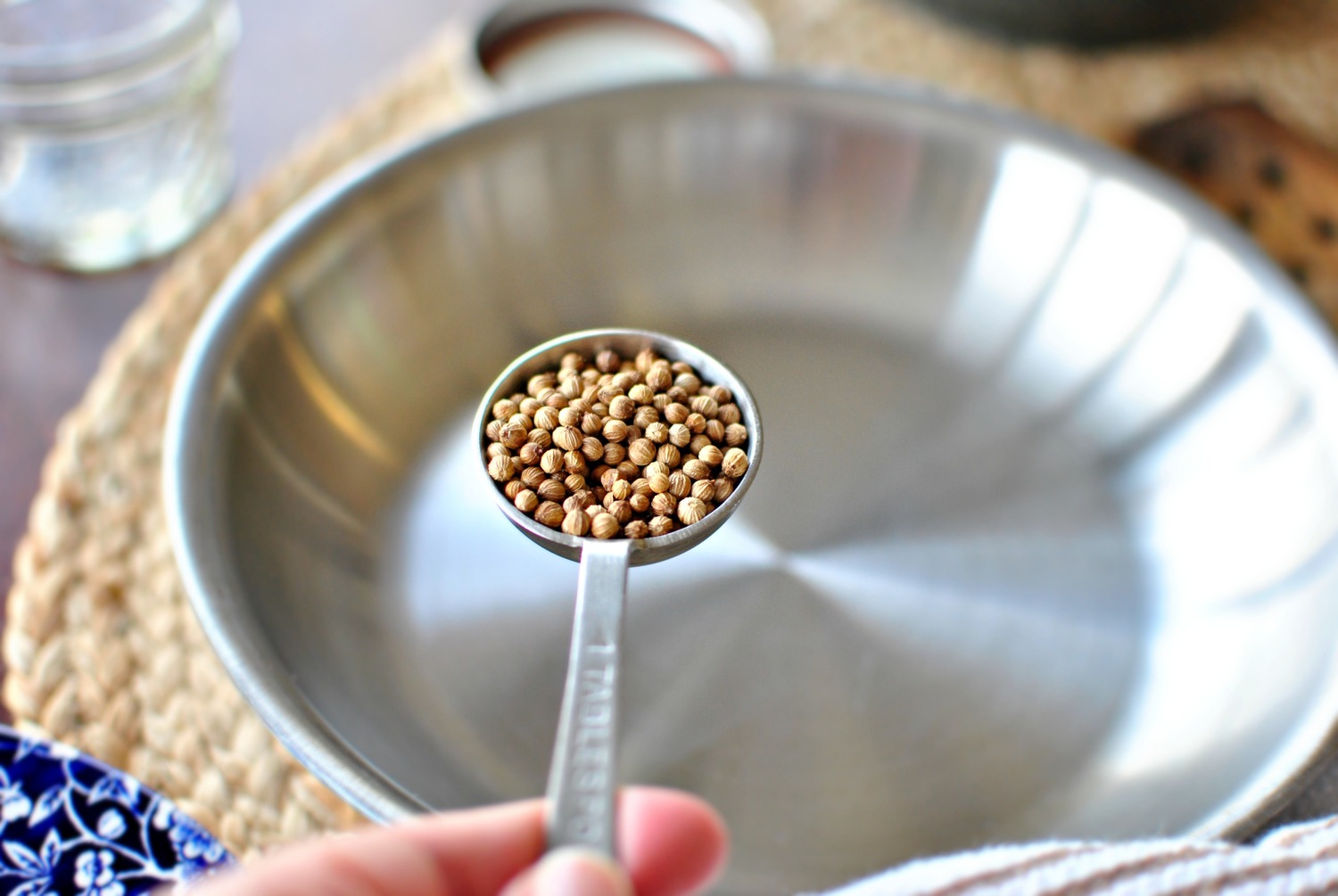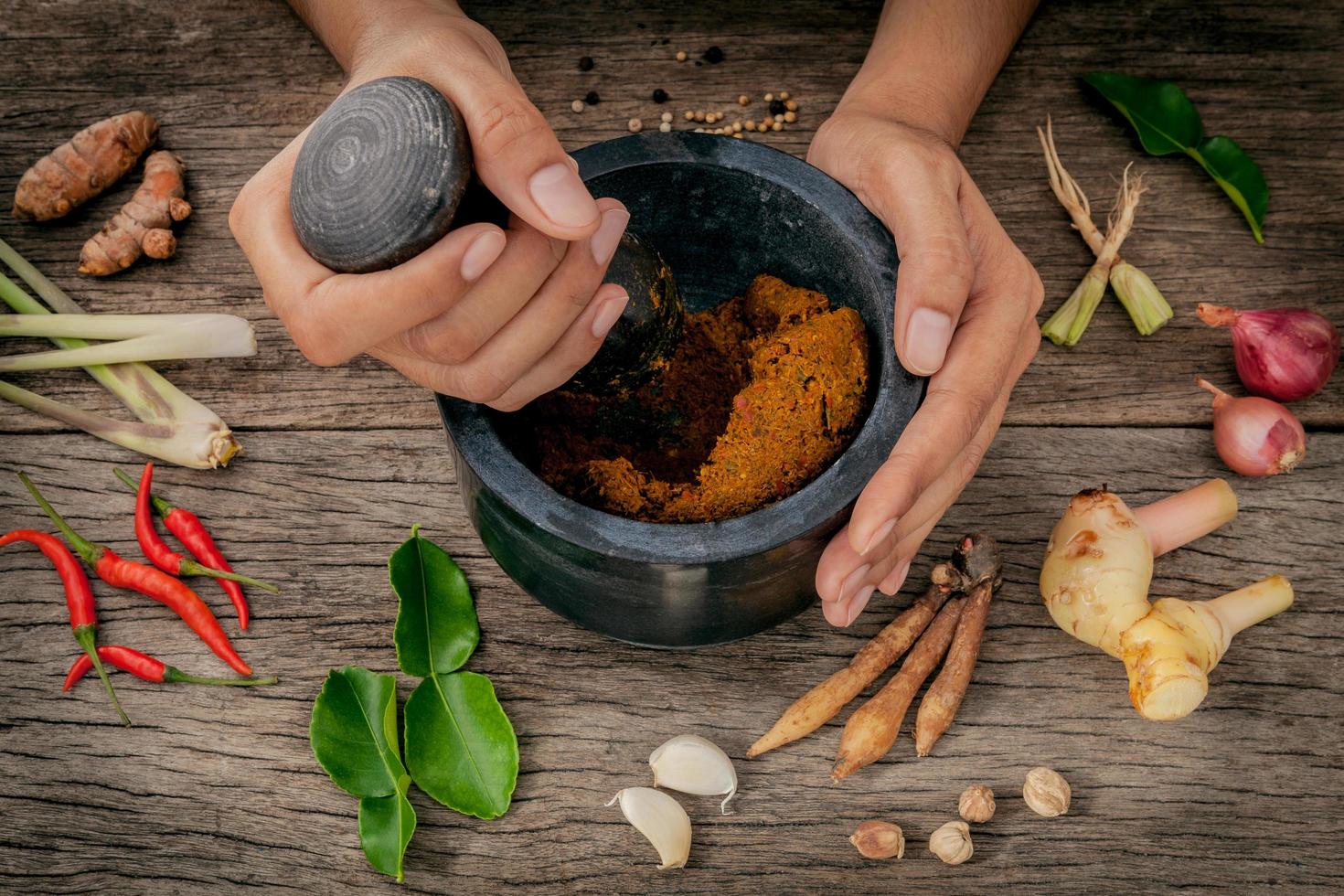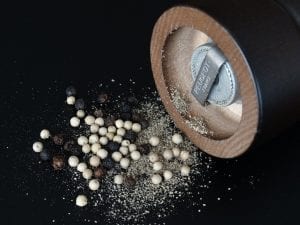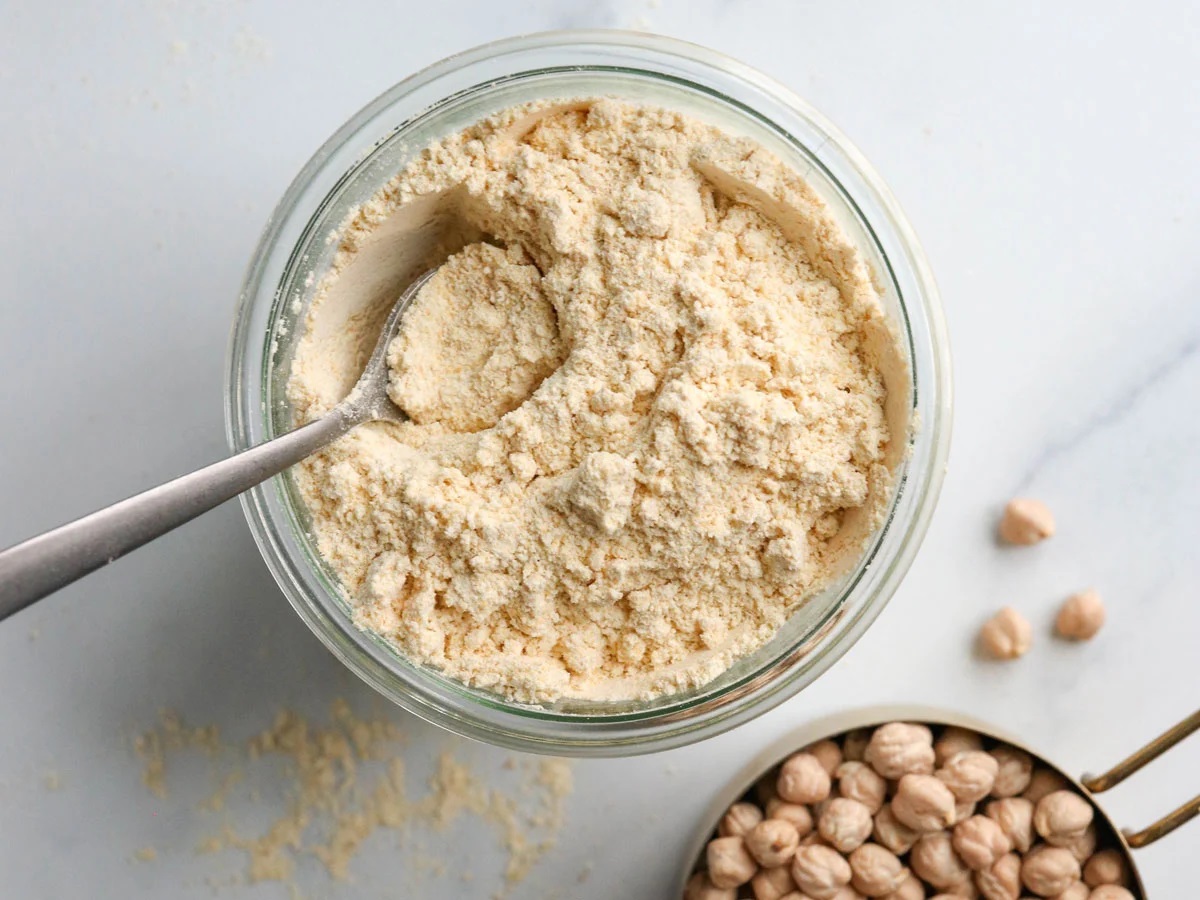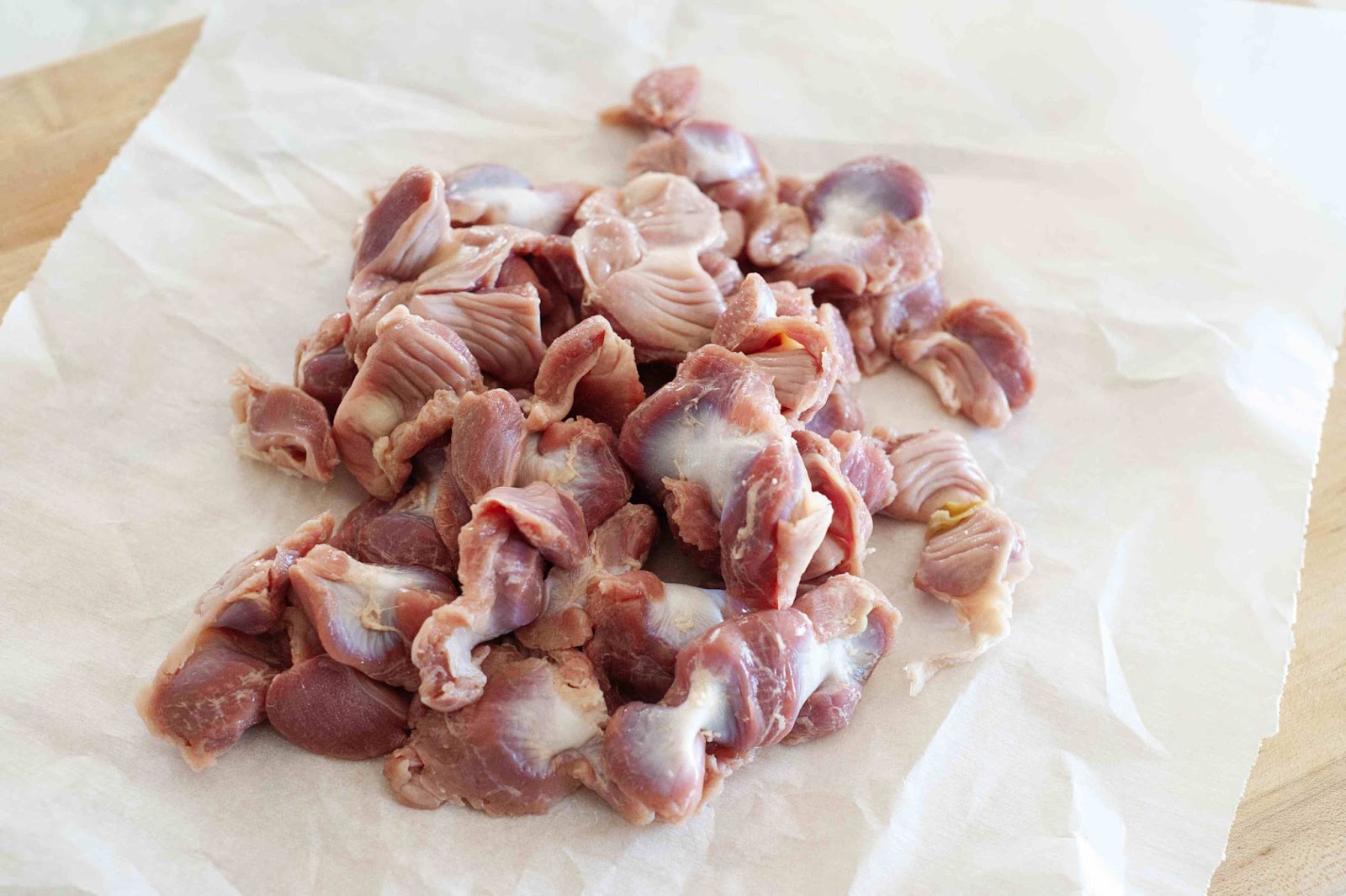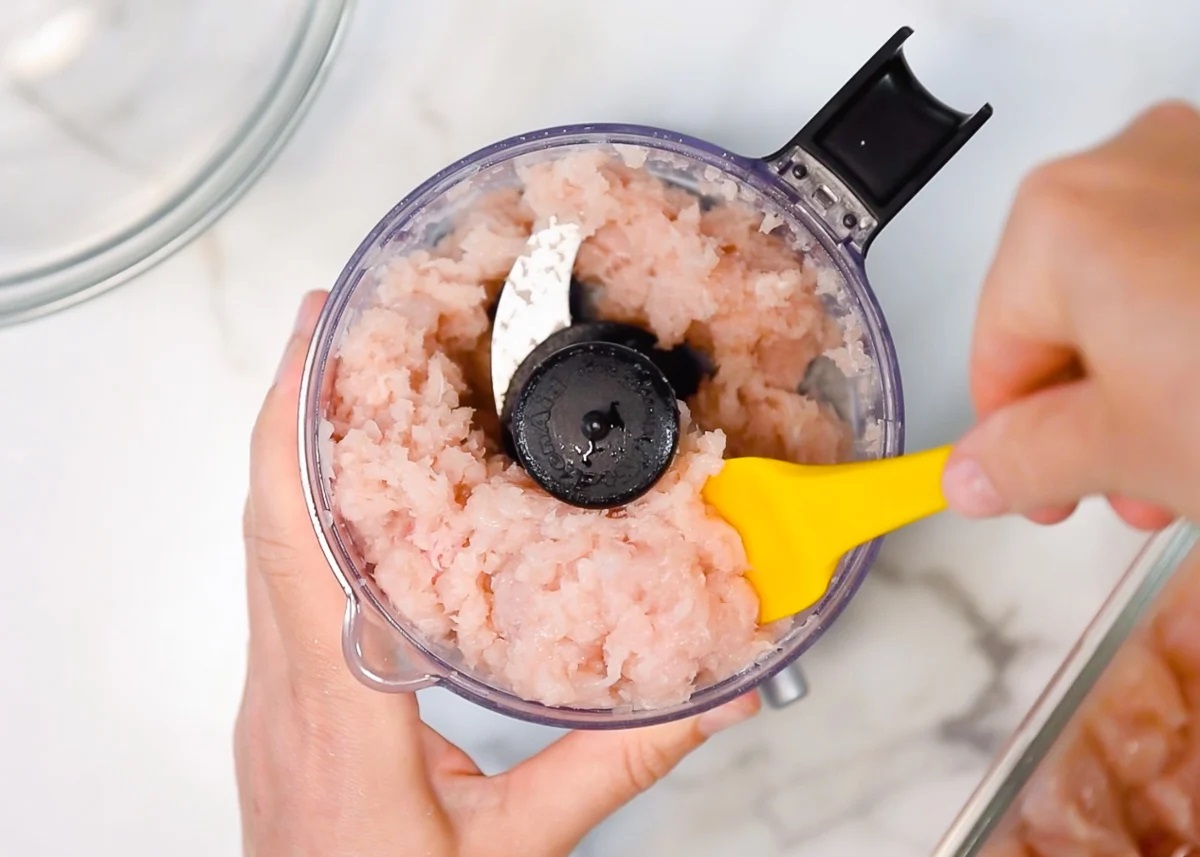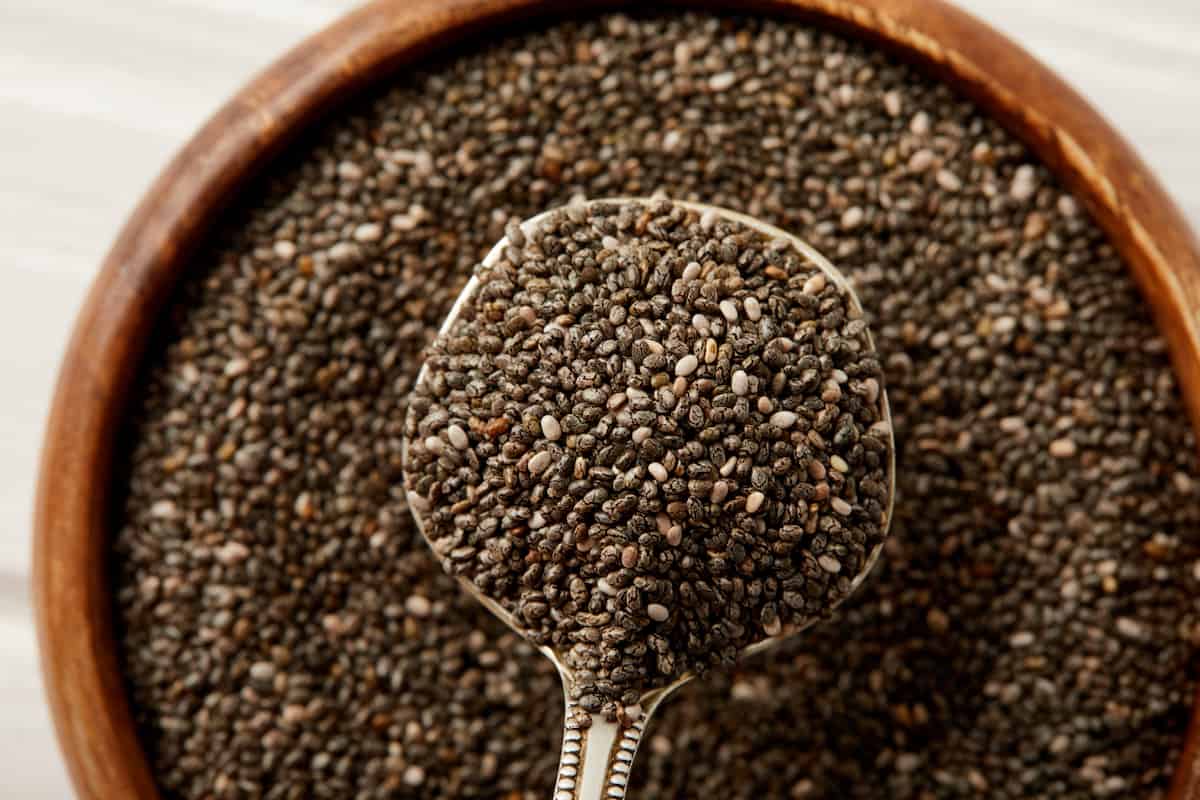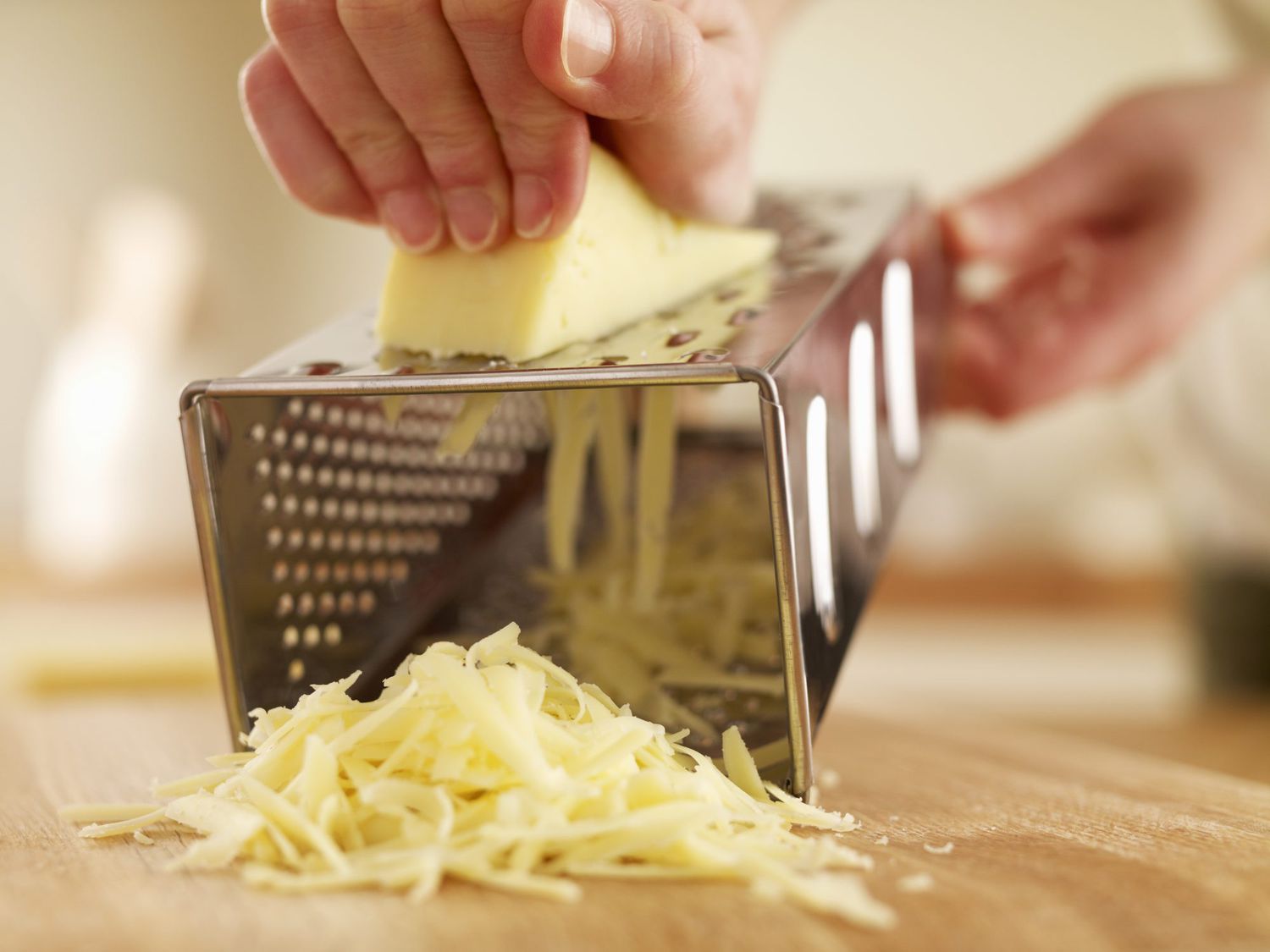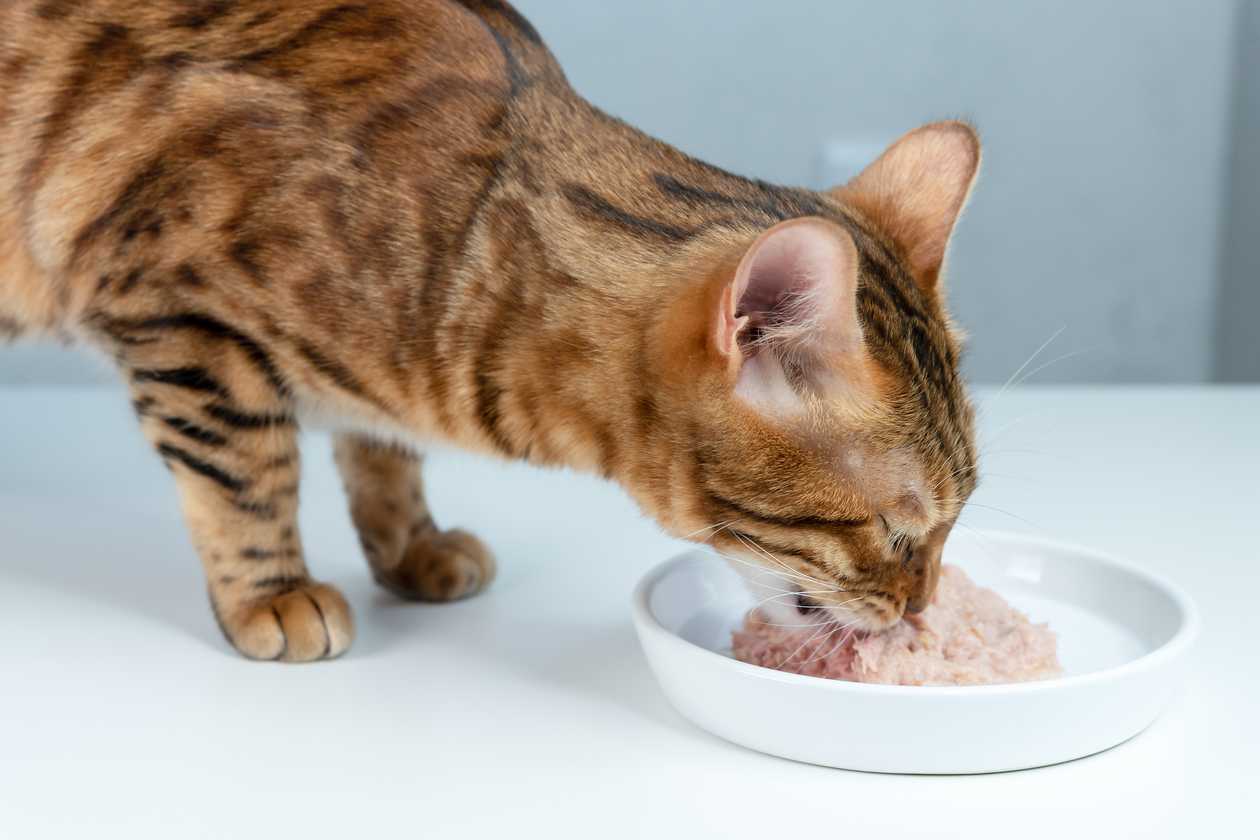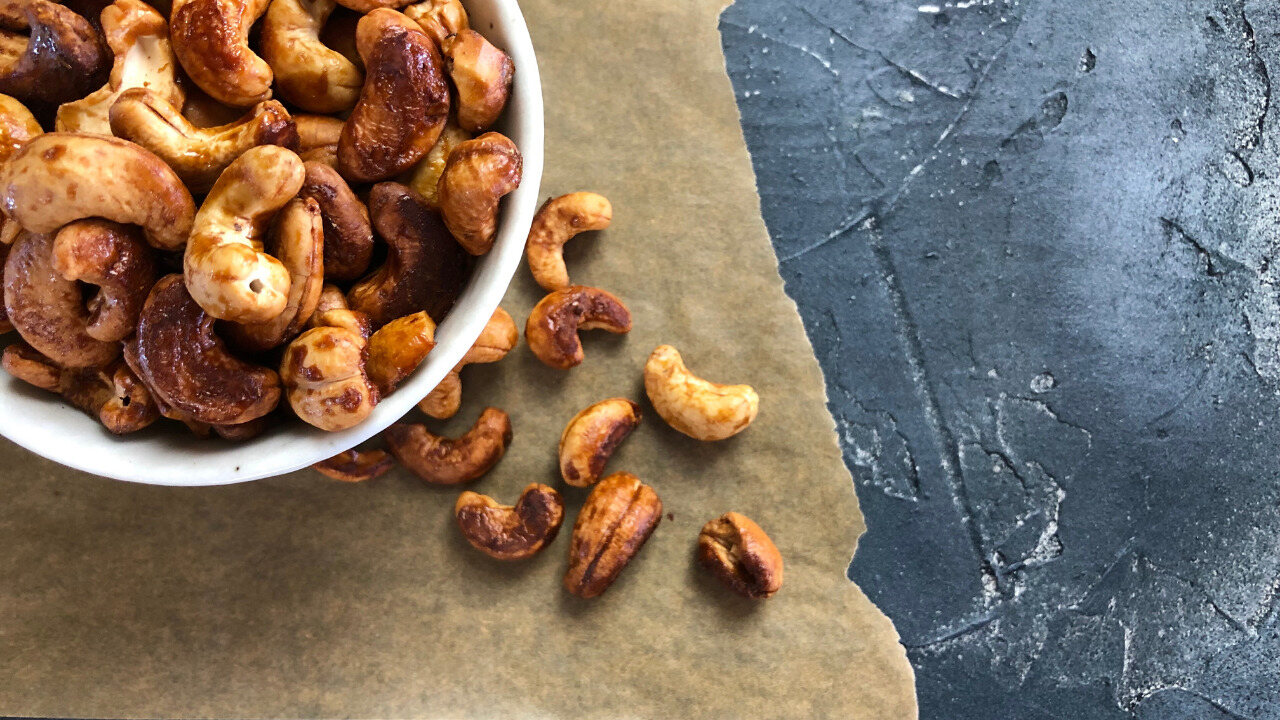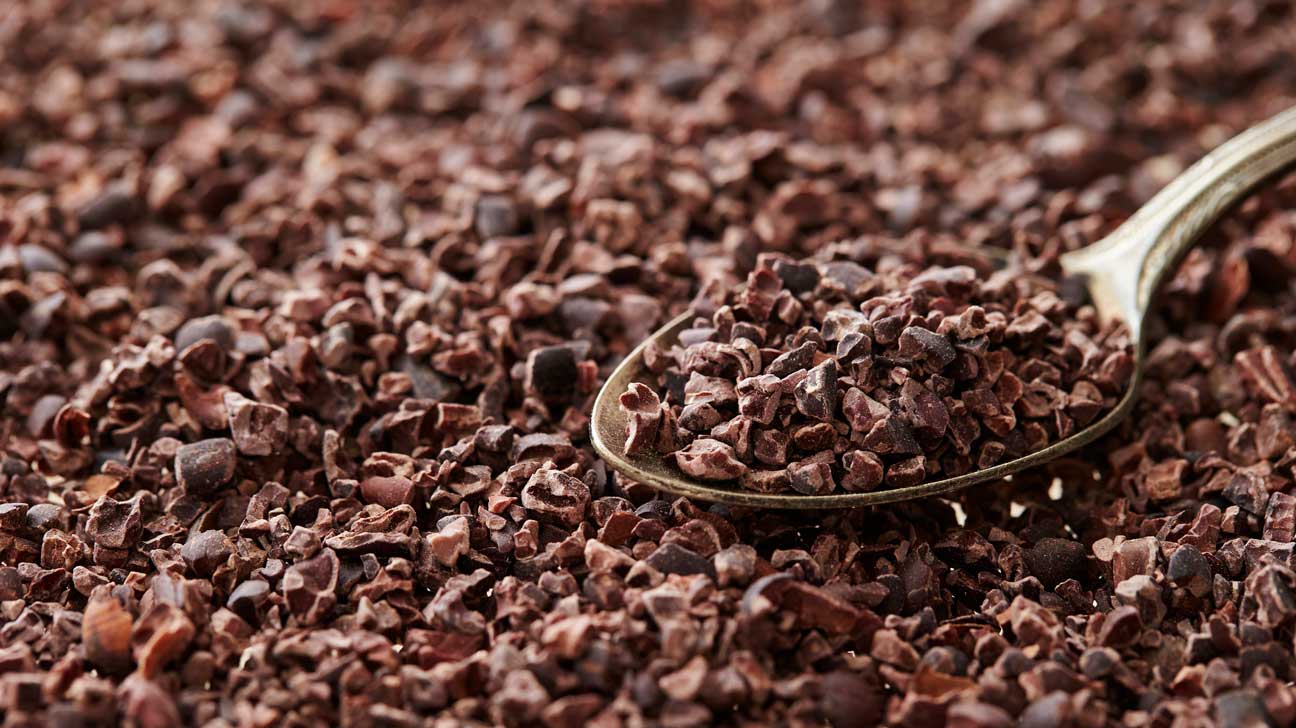Easy Ways to Grind Coriander Without a Grinder
Coriander, also known as cilantro, is a versatile herb commonly used in cooking to add flavor and aroma to dishes. Whether you’re making a curry, salsa, or marinade, freshly ground coriander can take your culinary creations to the next level. But what if you don’t have a grinder on hand? Don’t worry, there are several easy and effective methods to grind coriander without a grinder.
1. Mortar and Pestle
One of the oldest and most reliable methods for grinding spices is using a mortar and pestle. This traditional tool consists of a bowl (the mortar) and a club-shaped object (the pestle). To grind coriander seeds with a mortar and pestle, simply place the seeds in the mortar and use the pestle to crush them into a fine powder. This method allows you to control the coarseness of the grind and releases the aromatic oils from the coriander seeds.
2. Rolling Pin
If you don’t have a mortar and pestle, you can use a rolling pin as an alternative tool for grinding coriander. Place the coriander seeds on a clean, flat surface and use the rolling pin to apply pressure and roll over the seeds. This method may take a little more effort than using a mortar and pestle, but it can effectively crush the seeds and release their flavors.
3. Coffee Grinder
If you have a coffee grinder at home, you can repurpose it to grind coriander seeds. Simply add the seeds to the grinder and pulse until you achieve the desired consistency. Be sure to clean the grinder thoroughly before and after use to avoid transferring coffee flavors to your coriander.
4. Blender or Food Processor
Another kitchen appliance that can be used to grind coriander seeds is a blender or food processor. Add the seeds to the appliance and pulse in short bursts until the seeds are ground to your liking. Keep an eye on the texture to prevent over-grinding.
5. Hammer and Plastic Bag
If you’re in a pinch and don’t have access to any of the aforementioned tools, you can use a hammer and a sturdy plastic bag to grind coriander seeds. Place the seeds in the bag, seal it, and use the hammer to gently crush the seeds until they reach the desired consistency. This method requires caution to avoid puncturing the bag and spilling the seeds.
Now that you know how to grind coriander without a grinder, you can confidently tackle recipes that call for this aromatic spice. Experiment with different methods to find the one that works best for you and enjoy the fresh, vibrant flavors of ground coriander in your cooking!
For anyone looking to grind coriander without a grinder, they can try out recipes like Ground Coriander and Garlic Roasted Potatoes, Ground Coriander and Ginger Carrot Soup, and Chicken Curry with Freshly Ground Coriander. These dishes highlight the rich, aromatic flavor of freshly ground coriander, elevating simple ingredients to a new level of deliciousness. The roasted potatoes are a perfect side dish, while the carrot soup offers a comforting bowl of warmth. For those who love a bit of spice, the chicken curry is a must-try with its depth of flavor.
